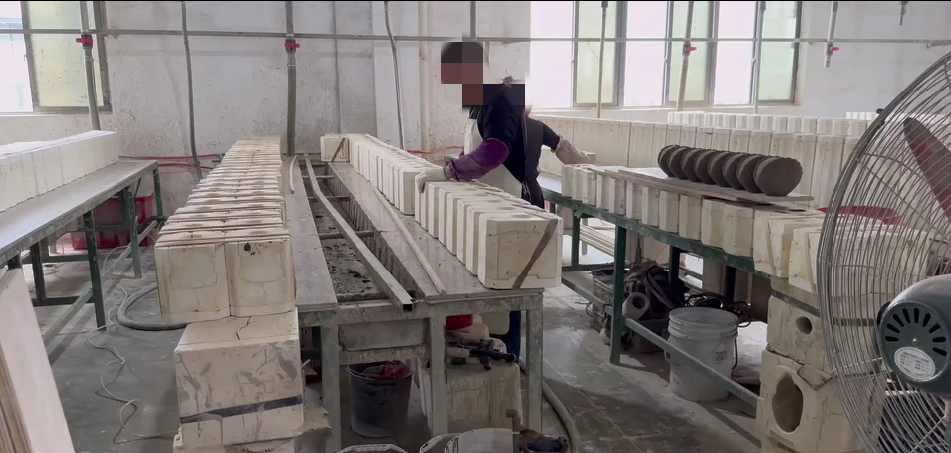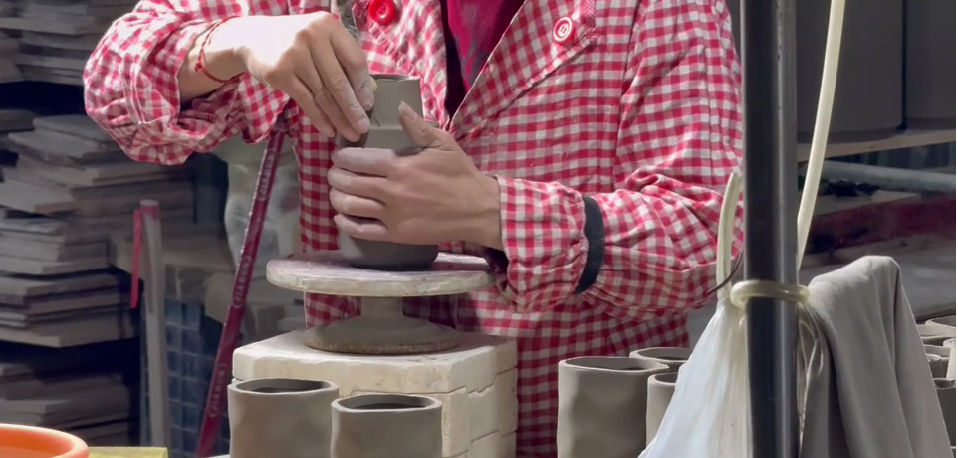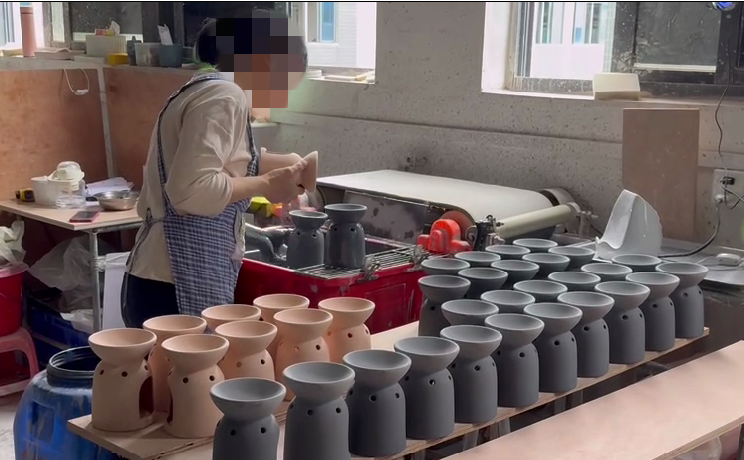Let me introduce you how difficult it is to make exquisite ceramic crafts
1.Raw material preparation
Raw material preparation is the first step in ceramic production, involving mixing and crushing various raw materials to obtain the required chemical composition and particle size. Common ceramic raw materials include clay, silica, quartz, feldspar and oxides. The preparation of raw materials plays a crucial role in the quality of the final ceramic product.
2.Molding
Molding is a process of imparting the prepared raw materials to the desired shape through certain processes. Common molding methods include manual molding, injection molding, press molding, extrusion molding, etc. The molding process needs to take into account the shape, size and surface smoothness of the ceramic product.
3.Drying
The purpose of drying is to remove moisture from the molded blank to facilitate subsequent processing. There are many ways to dry, such as natural drying, drying, etc
4.Trim
The dried blank may have some defects, such as deformation, cracking, etc., which need to be trimmed. In addition, the blank needs to be decorated, such as carving, painting the blank, etc.
5.Glazing
Glazing is the process of uniformly applying the glaze to the surface of the ceramic blank. The main components of glaze include quartz, feldspar, clay, etc. The methods of glaze include soaking glaze, blowing glaze, pouring glaze, swinging glaze, etc
6.Fireing
Fireing is one of the most important links in the ceramic production process. It makes the molded ceramic blank solid and dense through high temperature treatment. During the firing process, specific stoves and certain temperature controls are usually used to ensure that the ceramic products can achieve the desired physical and chemical properties
7.Decoration and modification
Decoration and modification are to make ceramic products more beautiful and attractive. Modification and decoration can include engraving, glazing, coloring, decaling and other processes. These processes can change the color, texture and surface effect of ceramic products, making them more attractive and artistic
8.Inspection and packaging
Finally, ceramic products need to be inspected to ensure that their quality and performance meet the requirements. Products that have passed the inspection will be packaged and ready for factory sales
This is how an exquisite ceramic craft is produced. It looks very simple, but it contains a lot of hard work from our masters. Ourcontrol of details is a perfectionist, and we have very high requirements for product quality. In an old Chinese saying, "I can't tolerate any sand in my eyes."
|






















